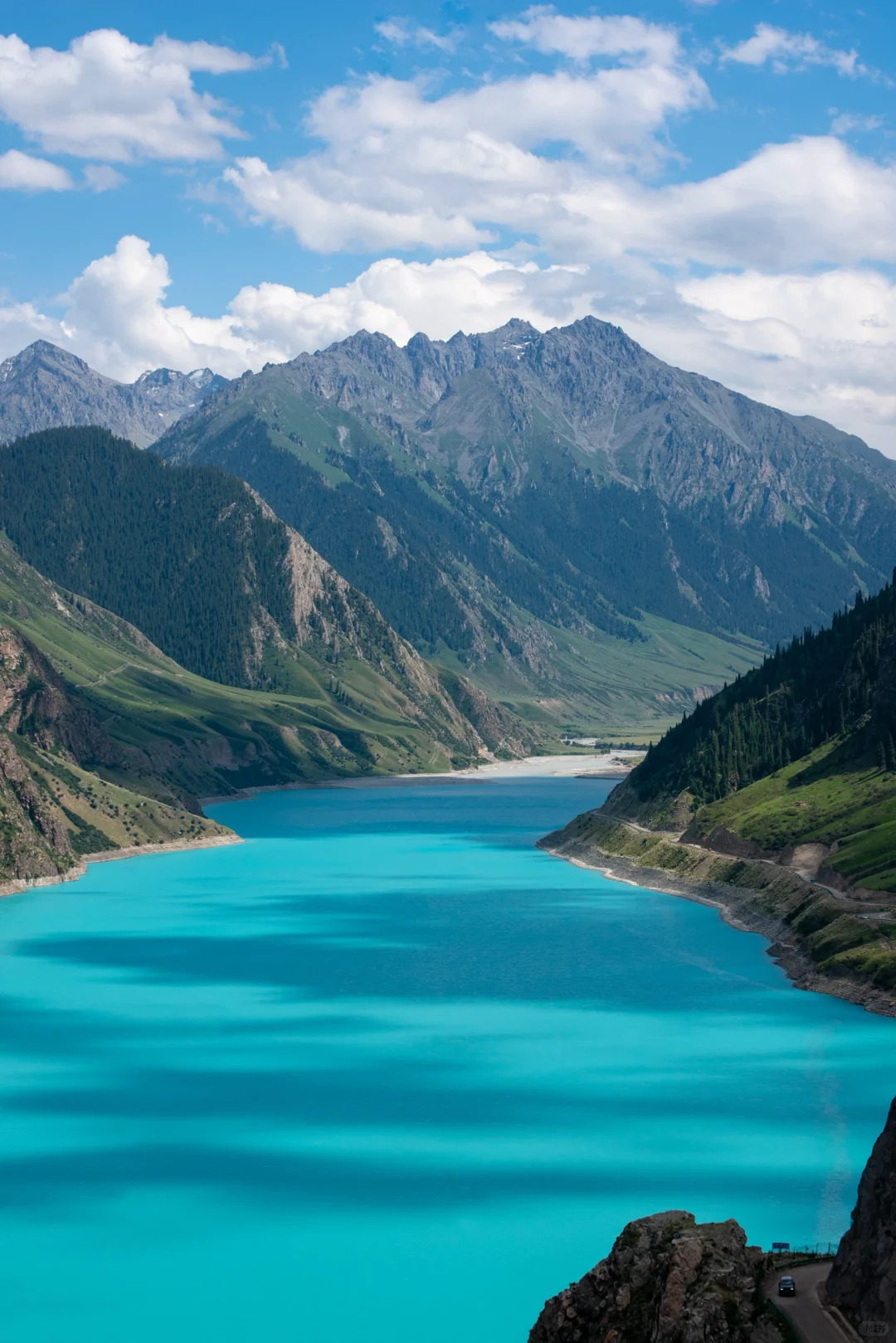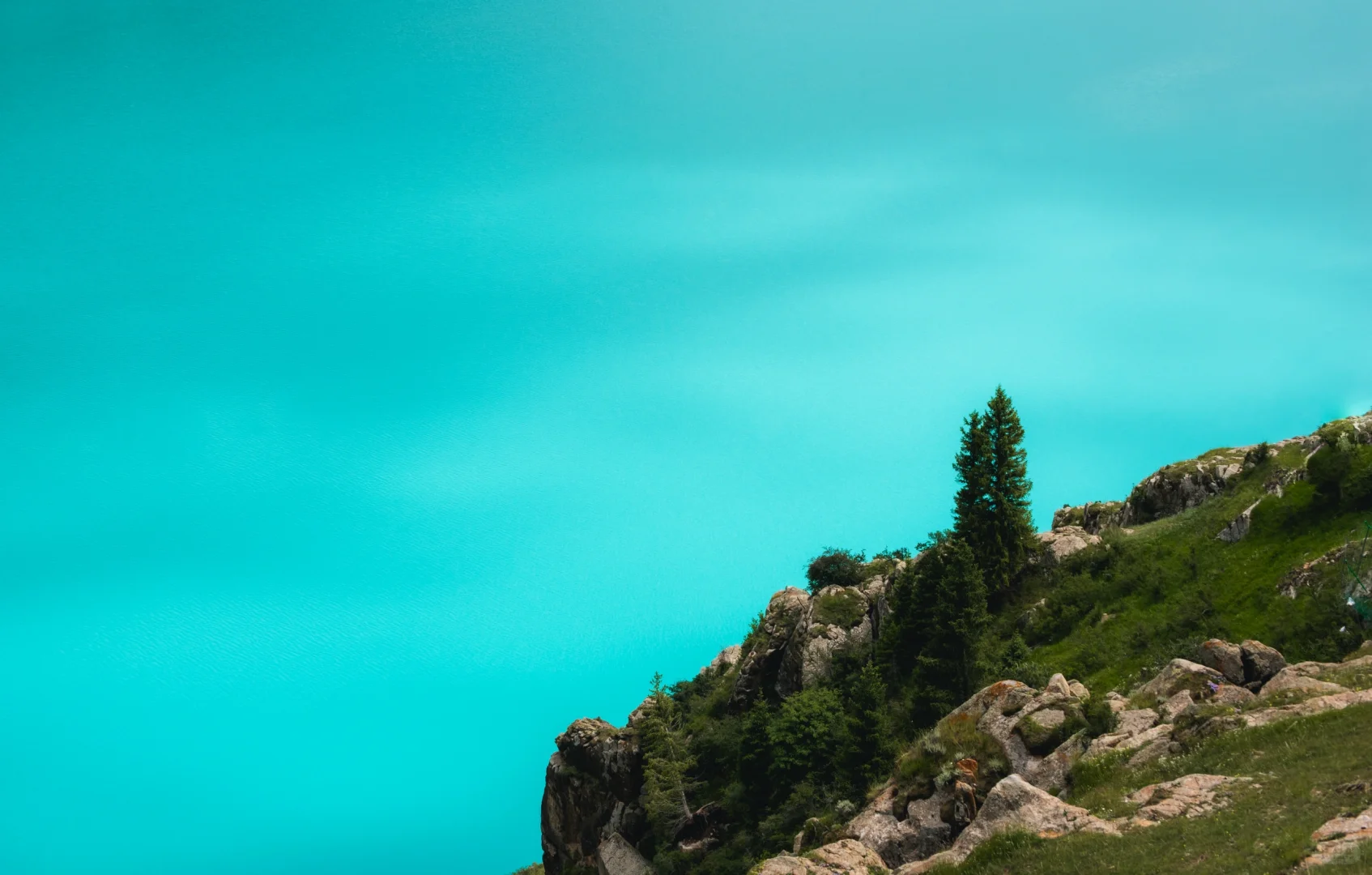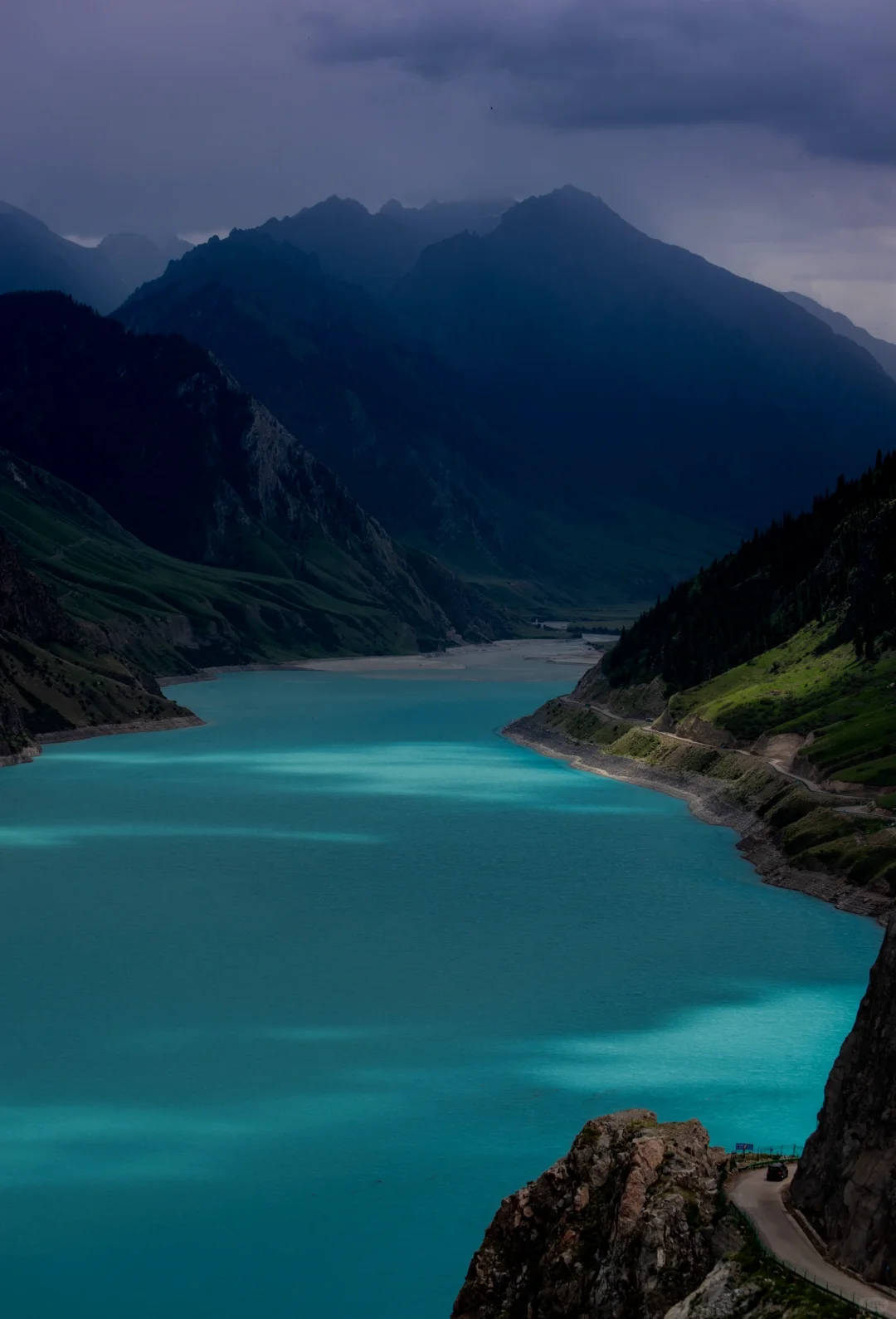Unveiling the Mystique of Zhaosu Yuli Lake: A Tiffany Blue You’ve Never Seen Before
(Travel Diary + Handy Tips)
This year, I spent two months in a yurt by the Yuhu Lake in Zhaosu County, Xinjiang, shooting a vlog about “Nomadic Daily Life.” The phone signal was hit or miss, but it let me really soak in the lake—the color changes every day. Back home scrolling through Xiaohongshu, I saw people complaining that “the photos look better than reality,” while others exclaimed, “This lake looks so fake!” Having spent dozens of nights by the lake, all I wanna say is: it’s not the lake that’s fake, it’s just that you went at the wrong time.
📸 What’s the Difference Between Seeing It and Photos?
The first three days I was there, the weather was all cloudy, and the lake looked gray-blue, like cement—nothing like the pictures. I was totally devastated. But then on the fourth day, the sun suddenly came out, and starting from 1:30 PM, the edges of the lake began to show a soft misty blue, just like a Tiffany gift box, with a creamy feel, as if someone spilled milk into the lake. No matter how I tweaked my camera settings, I couldn’t capture the delicate color that the naked eye sees—it looked like silky milk blue to my eyes, while my phone photos turned out bright and greenish. Eventually, I just gave up on the gear and looked with my own eyes, and that’s when I really understood why cameras can never get it right.

Why Is the Lake So Outrageously Blue?
To put it simply, it’s not just clarity; it’s a suspended liquid.
- The lake bed is covered with white granite, which has been ground down by glaciers into extremely fine “glacial milk.”
- In the water, there are floating calcium carbonate + carbonate crystals, small enough to remain suspended, semi-transparent, and milky white.
These crystals primarily scatter blue-green light, layering it to create that milky look. This physical phenomenon can’t be replicated by camera sensors; only the naked eye sees the authentic Tiffany blue.
Three Truths About the Colors
(These are the insights I gathered over two months.)
| Factor | Effect | On-Site Experience | Notes |
|---|---|---|---|
| Light Angle | Sunlight hitting at a 210° angle (1-8 PM) | The lake surface looks illuminated by soft light | Low-angle light hits the crystals directly |
| Cloud Cover | Thick clouds = grayish blue; thin clouds = milky blue | Thin clouds are the best surprise, like the lake has its own filter | Don’t aim for a completely cloudless sky; the light will be too harsh |
| Wind Speed | Strong winds stir up particles underwater | The color gets a bit muddled, creaminess decreases | If it’s over level 4 wind, don’t expect much |
Tip: If you go before 1 PM or after 8 PM, the lake will just look like ordinary deep blue, totally different from the photos—so don’t waste your trip.

My Two-Day, One-Night Journey
(Don’t want to take a wrong turn? Just copy this!)
DAY1
- 11:30 Arrive at the parking lot, first grab a spot at the scenic viewpoint on the east side of the lake (there’s a simple wooden walkway).
- 12:00-1:00 Wait for the lunch crowd to thin out and the sun to rise higher.
- 1:10 The color begins to turn milky blue; I set up my camera and drone to record simultaneously, eye > lens, don’t just focus on taking pictures.
- 3:00 Carpool to the west bank for some milk tea and pilaf at a herder’s yurt, and switch out the drone battery along the way.
- 7:30 The last milky light on the lake, as the sun sets, the lake looked like spilled milky candy.
- 8:00 Stay in the yurt; it got down to -5°C at night, and I watched the Milky Way reflecting on the lake—deep blue, a completely different world from daytime.
DAY2
- Sleep until I wake up naturally; the lake looks deep this morning, perfect for capturing the symmetrical reflection of the snow-capped mountains across the way.
- 10:30 Pack up and head down the mountain; on the way, I see early-arriving tourists just getting there, they only see the deep blue version, looking puzzled and asking me, “Is the online photo fake?”
Four Useful Takeaways
- When is the best time to visit?
From mid-June to the end of September, the snow line moves higher, and the area around the lake is snow-free, keeping colors the most stable. - Transportation Options
There’s only one road from Zhaosu County to Yuhu, 70 km long and in good condition; it’s best to hire an old Jetta from a local Kazakh driver for about 200 yuan round trip, since he knows which parts of the road are soft and will avoid deep potholes. - Equipment Recommendations
- A polarizing filter on the camera is useless; it’ll filter out colors;
- Drones can fly, but some no-fly zones pop up occasionally, so ask the herders before takeoff.
- Food and Lodging
There are only five yurts on the west bank where you can stay, costing about 60-100 yuan per person for breakfast and dinner. Showers? Nope. Signal? Just E-network. Download offline maps in advance.
Bonus: Little Moments I Captured
One afternoon, it was cloudy, and suddenly a hole opened up in the clouds—the sunlight hit the lake like a flashlight, splitting the milk blue and deep blue right in half. An older herder said, “Looks like cut milk tofu,” so I recorded it for the vlog intro, and it went viral.
These little moments make up all my memories of Yuhu—it's not going to change for anyone’s filter or reputation; it follows its own seasonal rhythm for a makeover, and it’s always worth coming back for a second or third time to see the colors.

Want to see more cultural experiences like this?
Follow ChinaTrip, explore the next destination, and discover more ways Chinese people travel.
Browse More Articles